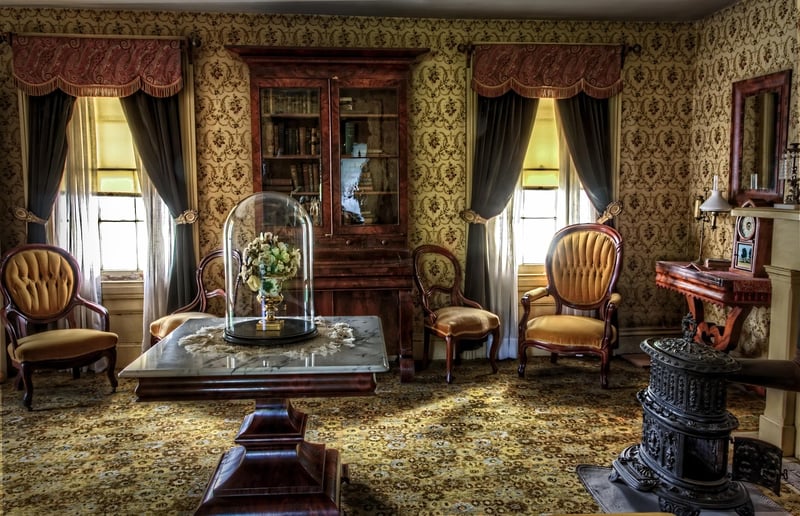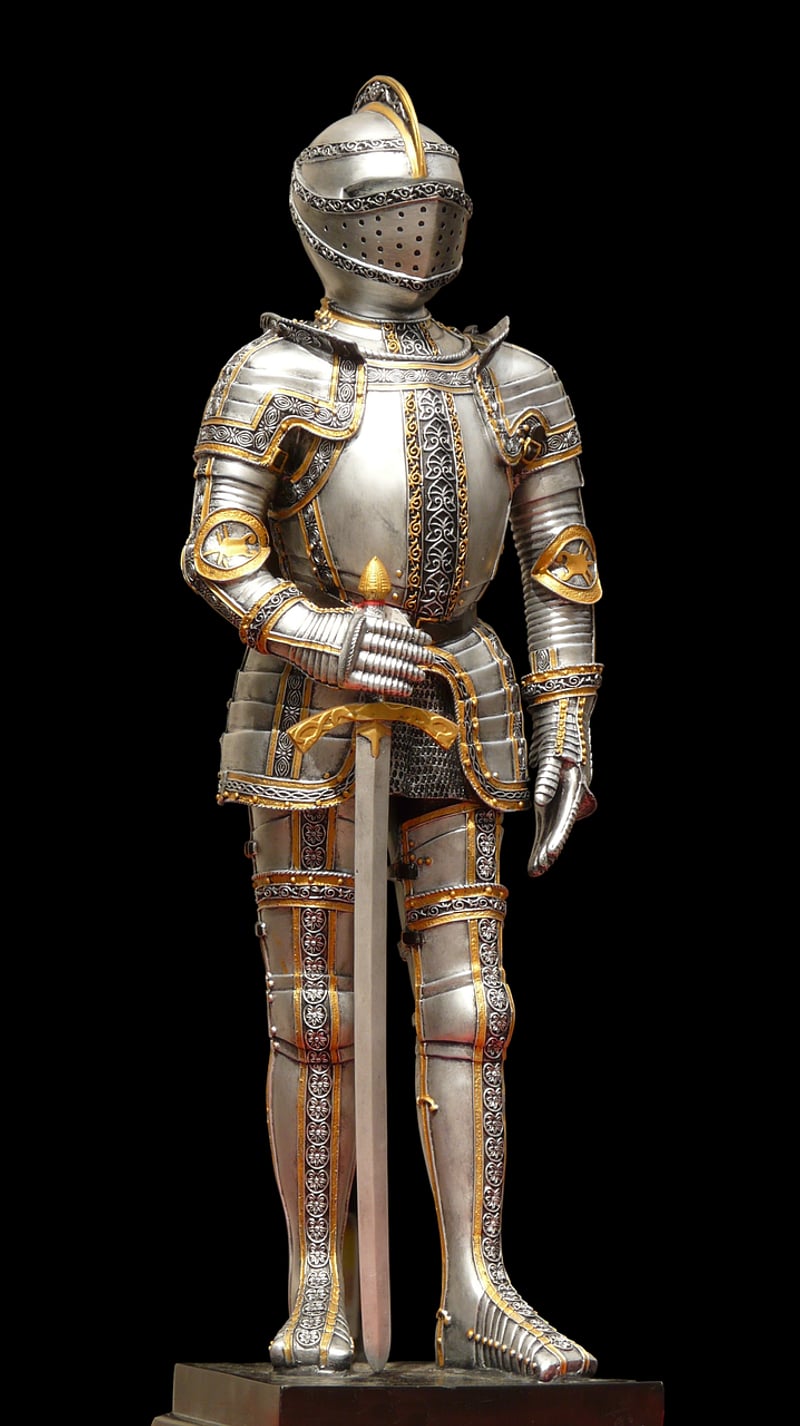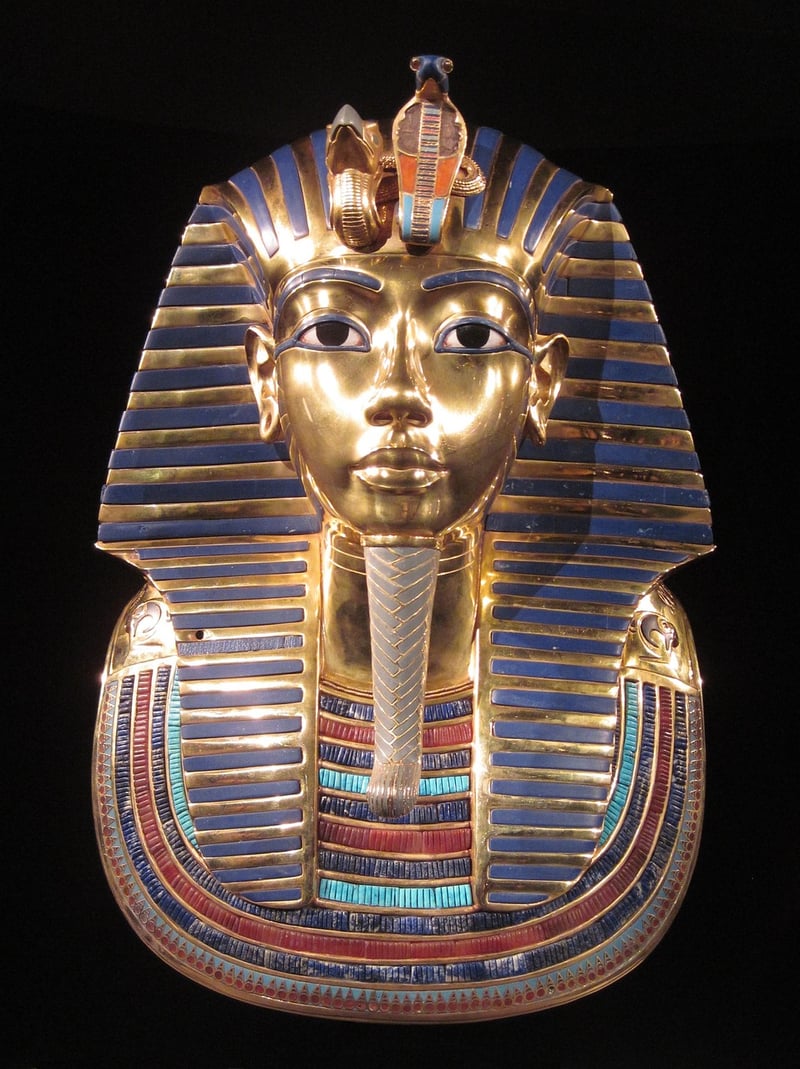Historical Etiquette
Guidance for Time Travelers: Navigating Historical Etiquette
Introduction
Welcome, time traveler, to your journey through the annals of history! As you embark on your adventure across different eras, it is crucial to understand and respect the unique customs and etiquette of each period. This guide will provide you with essential tips to navigate historical etiquette with grace and poise.
Victorian Era (1837-1901)
The Victorian era was characterized by strict social norms and elaborate etiquette rules. When visiting this era, remember to address people with proper titles such as "Mr.," "Mrs.," or "Miss." Additionally, observe the customs of calling cards and formal introductions to navigate social interactions smoothly.

Renaissance Period (14th-17th Century)
In the Renaissance period, art, literature, and culture flourished. When engaging with individuals from this era, show appreciation for the arts and intellectual pursuits. Practice courtly manners and be mindful of hierarchical structures in social settings.

Medieval Times (5th-15th Century)
During medieval times, chivalry and honor were paramount. If you find yourself in this era, display courage and courtesy in your interactions. Respect the feudal system and understand the importance of loyalty to lords and ladies.

Ancient Egypt (3100 BC-332 BC)
Ancient Egypt was a civilization of grandeur and mystique. When traversing the lands of the pharaohs, demonstrate reverence for the gods and the deceased. Familiarize yourself with hieroglyphics and the rituals surrounding death and the afterlife.

Conclusion
As you journey through time, remember to adapt to the customs and etiquette of each era respectfully. By embracing the traditions of the past, you will enhance your time-traveling experience and gain a deeper appreciation for the diverse cultures that have shaped our world.
Safe travels, time traveler!
